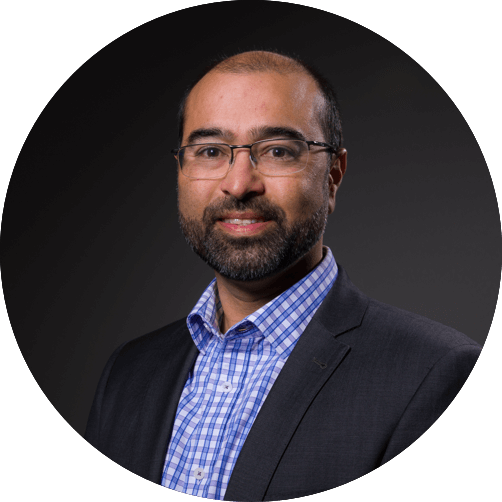Endoscopy
An endoscopy is far more accurate for detecting certain diseases than a Barium X-ray, however both have their roles. An endoscopy also has the advantage of allowing tissue to be collected and can be a therapeutic tool.
What is an endoscopy?
"An endoscopy is a very safe procedure. Usually, an endoscopy is performed using sedation. In high risk patients or for complex procedures we may use a full general anaesthetic. Simple endoscopies can be performed with no sedation at all; just numbing of the back of the throat with local anaesthetic. If you don’t want sedation at all, you should discuss that with your surgeon beforehand."
Your endoscopy will depend on what issues you have been having. For example, we may carry out Endoscopic Retrograde Cholangio-Pancreatography (ERCP). This allows us to examine your pancreatic and bile ducts. We use it to diagnose pancreas and bile duct conditions. Another procedure is called an endoscopic ultrasound (EUS). This is used to detect and assess digestive diseases, such as certain cancers.
Endoscopy
What is a gastroscopy?
A gastroscopy may be performed to look for upper digestive tract problems. These may include indigestion, nausea or swallowing difficulties.
Our experienced team at Upper GI West may use a gastroscopy:
- As a diagnostic tool
- To treat bleeding ulcers
- To widen a narrow oesophagus
- To remove a foreign body
- For follow up of Barrett’s oesophagus or following cancer surgery
- To stent tumours or perforations
- To treat oesophageal varices
- To put in PEG feeding tubes
- To suture the stomach for ESG (Endoscopic sleeve gastroplasty) or pouch narrowing
"A gastroscopy is considered the gold standard investigation to detect anatomical issues or inflammation in the upper GI tract. It can also be used to take tissue samples and as a therapeutic device stopping bleeding, removing early tumours or inserting devices such as stents or PEG tubes."
What is a colonoscopy?
If we need to examine your large bowel, you will have a colonoscopy. Your specialist may recommend a colonoscopy if you have symptoms such as:
- Blood in the stools
- Pus, mucus or slime in your stools
- Rectal bleeding
- Unexplained abdominal pain
- Changes in your bowel habits
- Family history of cancers
- History of polyps
- Abnormality in the colon or rectum on other types of scanning eg. CT scan
How do I prepare myself for an endoscopy?
The preparation for an endoscopy depends on the procedure. If you are having an upper endoscopy (gastroscopy) the preparation is simpler. You can eat a normal diet the day before unless you are told otherwise.
However, you will need to start fasting prior to your procedure. If your procedure is on a morning list (admission times between 7 - 12am) you will need to fast from midnight. Please do not eat or drink anything after this time other than small sips of water which must also stop two hours before your procedure.
If your gastroscopy is in an afternoon (12 - 5pm) please do not eat or drink anything from 6am the day of your procedure - except sips of water which must stop two hours prior to your procedure.
"If you are having a colonoscopy, your surgeon will give you clear instructions. You will be required to follow a specific diet for a few days before your procedure. You will need to purchase a bowel preparation (strong laxative) kit. This preparation starts the day before your procedure. It is advised you have easy access to a toilet during the preparation."
Why come to Upper GI West?
We have extensive experience in therapeutic endoscopies including stenting, plugging, sclerotherapy and banding of varices, endoscopic suturing. In addition, we have extensive Upper GI experience in surgery and revisional surgery - and have an advanced knowledge of what a postoperative endoscopic apperance should look like enabling us to identify when something is wrong.
We can correlate the history, symptoms and endoscopic appearance for a better diagnosis and therapeutic plan.
We have access to surgical and endoscopic theatre lists daily, and are in the best position to deal with any complication should one occur.
There are many different types of endoscopes
Gastroscope: an 8 mm wide and 1.2m long flexible end viewing device that is used to assess the oesophagus, stomach, and duodenum
Side viewing scope: a 10mm wide and 1.4m long flexible side viewing device used to perform an ERCP
Paediatric gastroscope: a 4mm wide and 1.2m long flexible end viewing device used to assess the oesophagus, stomach and duodenum in children and in adults with narrowings (strictures) of the upper GI tract
Laparoscope: 5 or 10mm wide and 40cm long rigid end viewing or 30 degree viewing device used to enter and view the abdominal cavity during laparoscopic (keyhole) procedures



